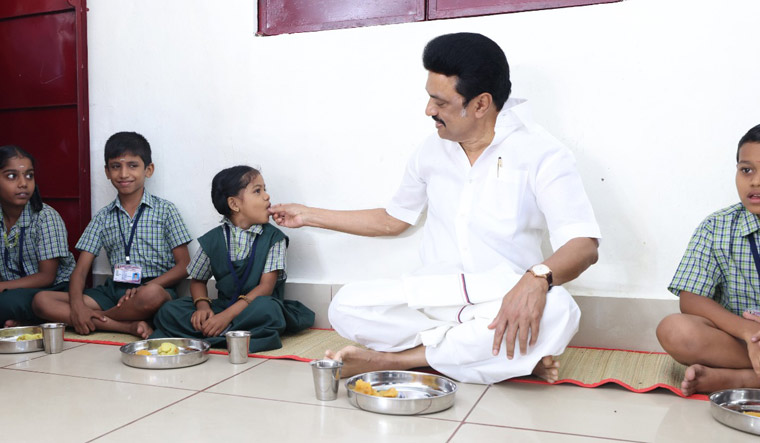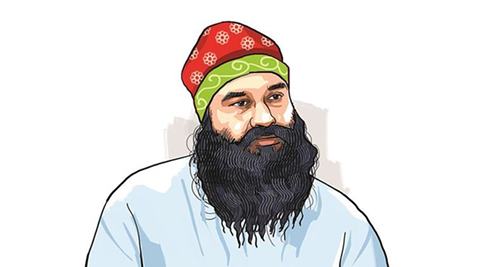According to the 2022 prison census published by the Committee to Protect Journalists, the number of journalists imprisoned worldwide for exercising their profession has reached a record high, with 363 reporters being deprived of their freedom as of December 1, 2022. (CPJ).

Committee to Protect Journalists (CPJ)
- The CPJ is a worldwide network of correspondents for the American independent non-profit, non-governmental organisation with headquarters in New York City, New York.
- CPJ upholds journalists’ rights while promoting freedom of the press.
- The “Red Cross of Journalism” is another name for it.
- The organisation has been issuing an annual census of journalists who have been slain or imprisoned as a result of their work since the late 1980s.
Key highlights
- The top five countries imprisoning journalists this year were Iran, China, Myanmar, Turkey, and Belarus, in that order.
- Press freedom restrictions include new “fake news” regulations, criminal defamation, and abuse of the judicial system.
- The top five countries imprisoning journalists this year were Iran, China, Myanmar, Turkey, and Belarus, in that order.
- These governments sought to quell simmering unrest in a world shaken by COVID-19 and the economic repercussions of Russia’s assault on Ukraine.
- In China, too, another ‘worst offender’, many imprisoned journalists were Uighurs from Xinjiang.
What was said towards India?
- India still receives criticism for how it handles the media, particularly for using the Jammu and Kashmir Public Safety Act, the Preventive Detention Law, and the Terrorism-Related Unlawful Activities (Prevention) Act to investigate and charge journalists with crimes after they had been granted court-ordered bail in separate cases.
Why does this report matter?
- In the World Press Freedom Index earlier this year, India dropped further from its 142nd rank out of 180 countries to 150th place.
- In the Indian media environment, journalists’ safety is of the utmost importance.
@the-end
- The time is now to think carefully about the country’s urgently required media ecosystem reforms.
- The urgent actions required are to establish plurality in ownership, improve legal protections for journalists, and take measures to lessen the influence of vested interest organisations in media operations.









